Table of Contents:
- Introduction
- Why Are Great Wall of China Pictures So Popular?
- The Best Spots
- Tips
- Cultural Facts
- How to Make Your Pictures Stand Out
- Conclusion
- Informative Video
Introduction
One of the most iconic monuments in the world, The Great Wall is a must-see for every visitor to China! If you’ve ever looked into visiting this incredible place to visit on a world map, chances are you’ve seen some amazing Great Wall of China pictures. Those usually give a view of the sinuous wall snaking across some stunning mountain and valley, drawing attention to the great wall’s architectural beauty. But what’s the best way to photograph it yourself? How do you ensure you get the most incredible Great Wall of China pictures when you visit?
Now, we will take you to visit Great Wall and guide you to look around best photo-taking tips you should know; How do I get the best photo shots on Great Wall? Where are beautiful shooting places on the Great Wall, and interesting aspects when visiting. So it doesn´t matter if you’re a professional photographer or a traveler with a smartphone, we’ll help you make the most of your visit with some pro tips for capturing the Great Wall.
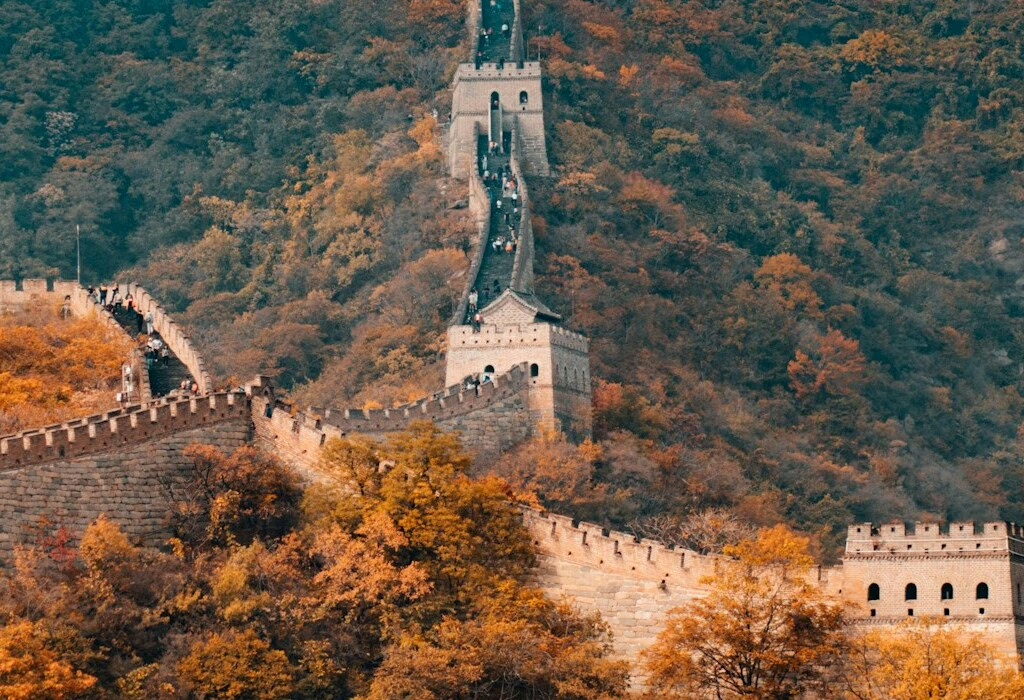
Why Are Great Wall of China Pictures So Popular?
The Great Wall of China has been depicted in numerous Great Wall of China pictures by travelers and photographers worldwide. But why are these images so appealing? Let’s explore.
The more than 13,000-mile wall was constructed to protect the ancient Chinese empire. It’s not just a wall; it’s a historical symbol of China and the perseverance of its people. The sheer has views that are out of this world, and a rough landscape filled with architectural wonders makes for some pretty impressive photos.
In Great Wall of China picutres you don’t just see the wall, but also the beauty of nature around; part and parcel of it. The wall is bordered by mountains, meandering hills, stunning valleys, together with visual interest for photographers and travelers.
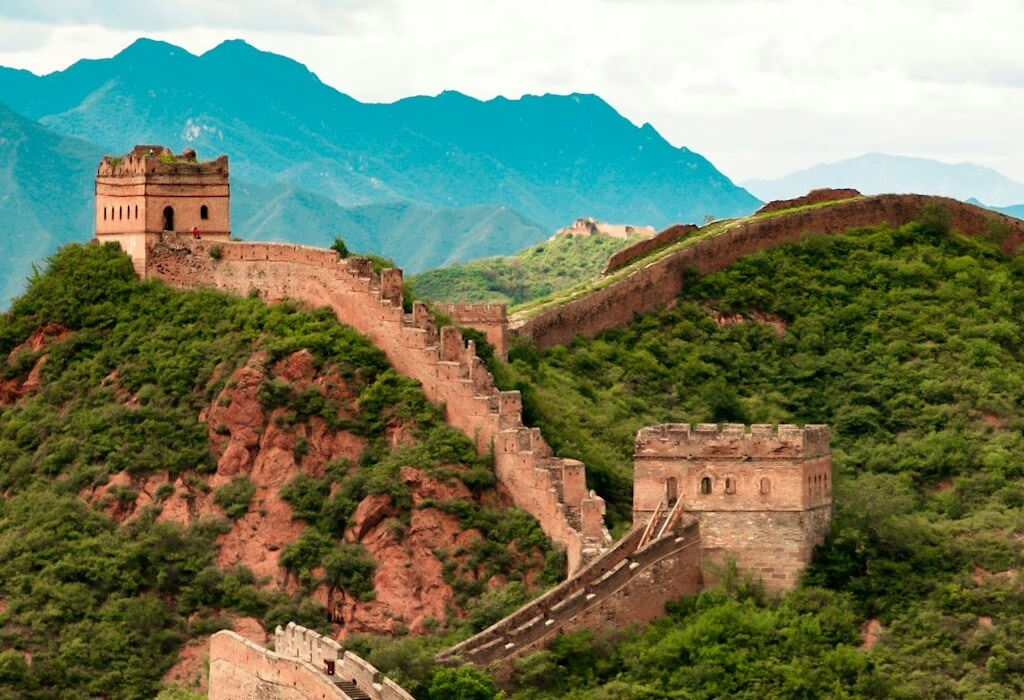
The Best Spots
If you’re visiting, you should know the best Great Wall of China picture spots. Here are some of the most well-known places from which to see and snap photos:
1. Badaling Section
This Great Wall section is among the best-preserved and most visited sections of the wall, which makes it one of the best spots for Great Wall of China pictures. It is readily accessible with wide pathways, and as such, is a major tourist site. If your new to the wall this is a great place to get going.
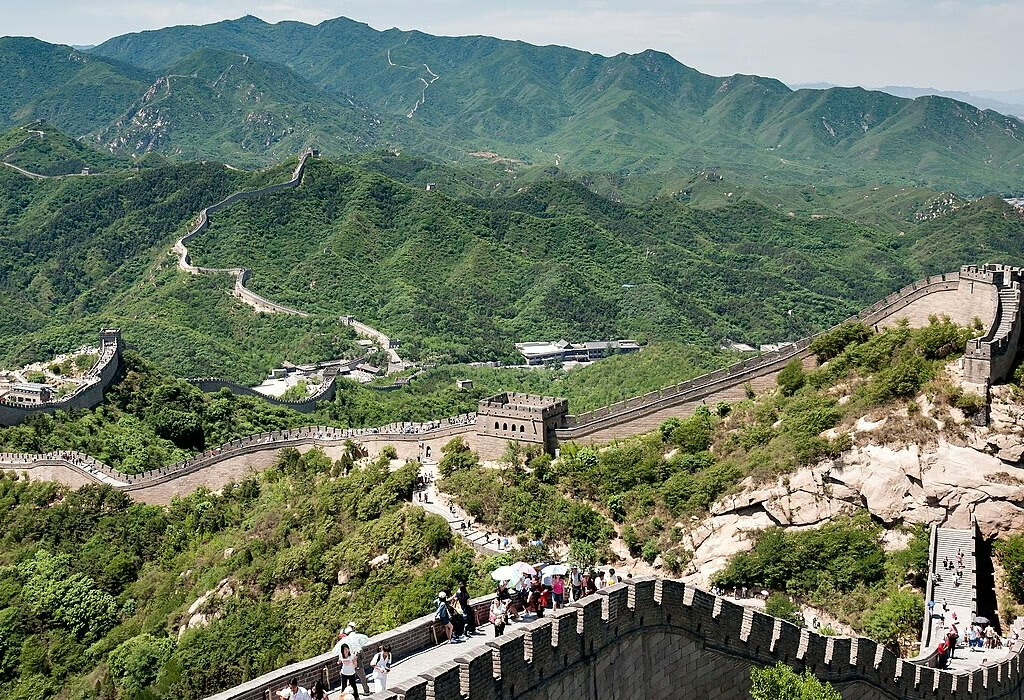
2. Mutianyu Section
Known for its lush greenery and fewer crowds, the Mutianyu section is a great place for a more peaceful experience. The wall here is also well-preserved, offering many picturesque spots. Early morning or late afternoon light is best for dramatic photos.
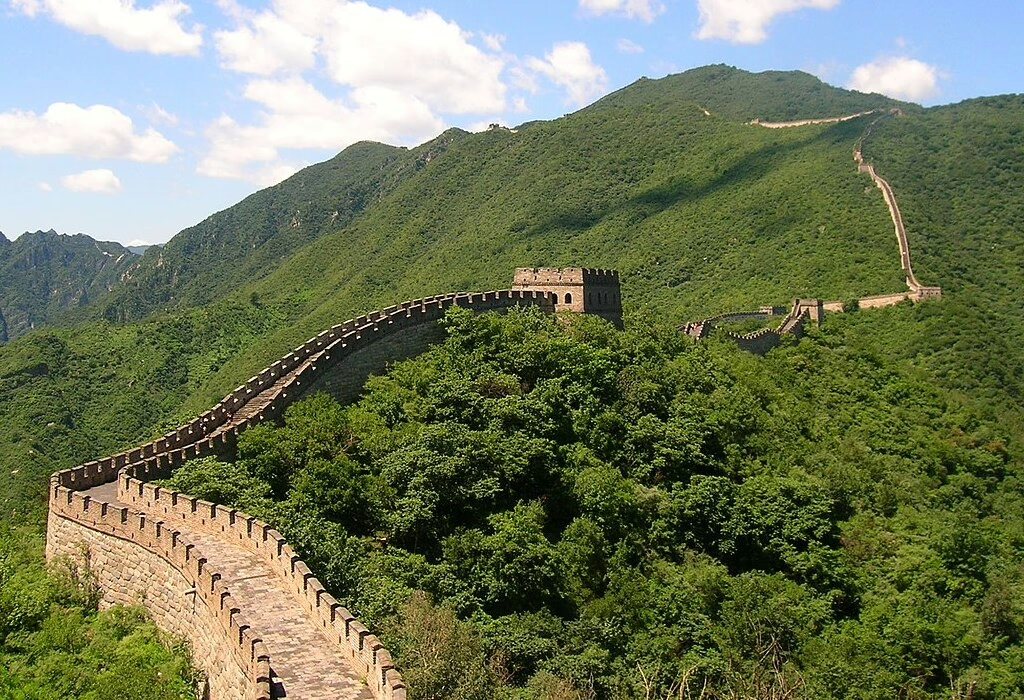
3. Jinshanling Section
For more adventurous photographers, Jinshanling offers breathtaking views of the Great Wall as it winds over steep mountains. This area is less crowded than Badaling and provides some of the best Great Wall of China pictures, especially if you want to capture the wall in its natural, rugged state.
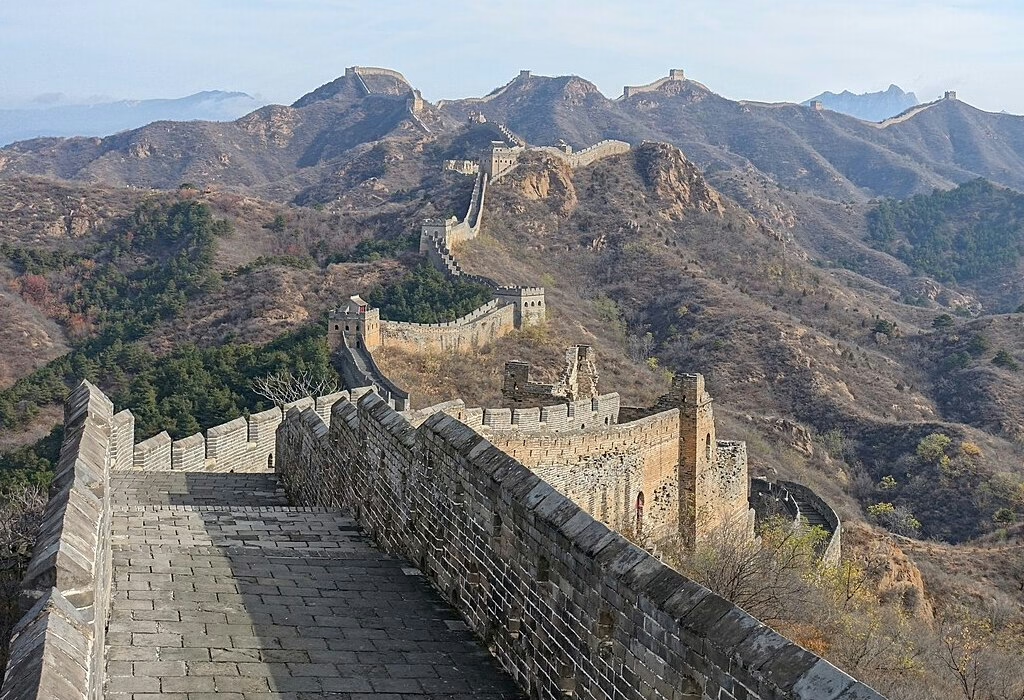
4. Simatai Section
Simatai is one of the most scenic and photogenic parts of the Great Wall. The path here is steeper and offers some of the most dramatic and beautiful shots, especially at sunrise and sunset when the light creates stunning contrasts.
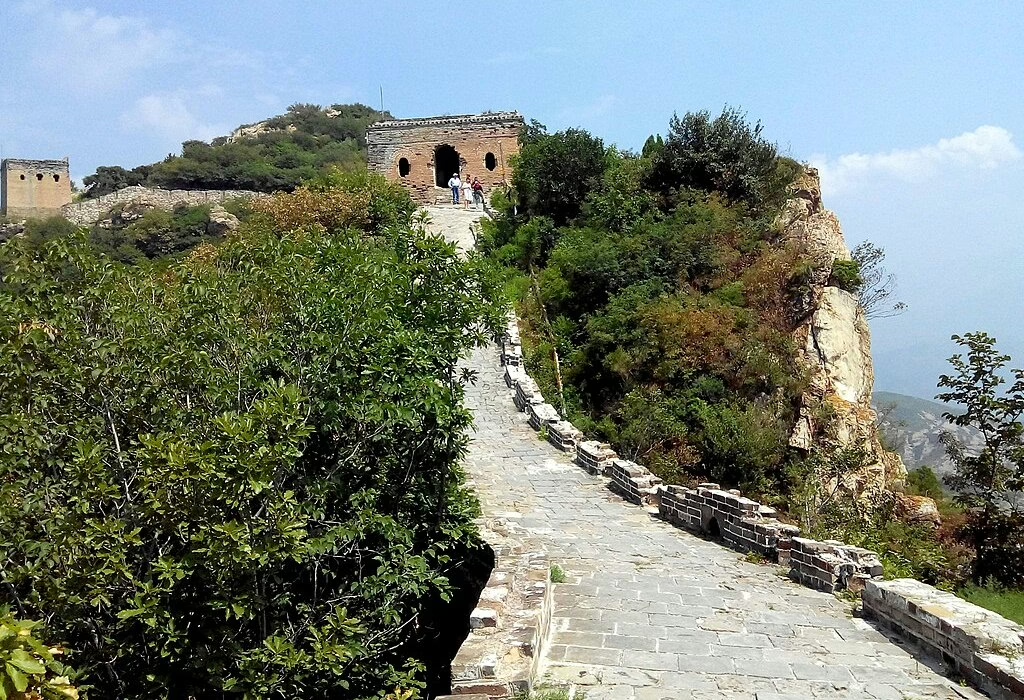
5. Gubeikou Section
For a more raw and untamed feel, Gubeikou is a great choice. It’s not as well-maintained, but this adds to its appeal for photographers looking for something different. The views are stunning, and there are plenty of opportunities to capture the wall in its natural state.
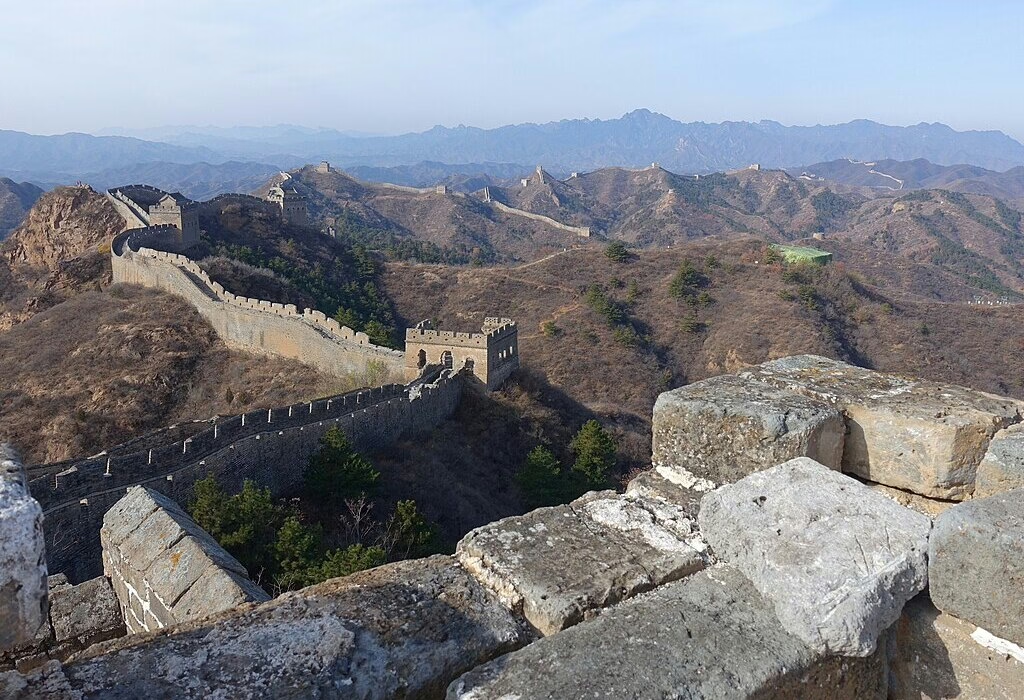
Tips
Now that you know where to go, let’s talk about how to take the best Great Wall of China pictures. Here are some tips to help you capture the wall’s beauty:
1. Use the Right Time of Day
The time of day can greatly affect the quality of your Great Wall of China pictures. Early mornings and late afternoons offer the best lighting. The soft, golden light at sunrise and sunset creates long shadows and rich colors that make your pictures stand out. If you’re photographing the wall at midday, the harsh sunlight may create strong contrasts, so it’s better to avoid these times.
2. Focus on the Details
While wide shots of the Great Wall are impressive, don’t forget to focus on the smaller details. Close-ups of the bricks, the winding paths, and the watchtowers can add depth and texture to your Great Wall of China pictures. These details help tell the story of the wall’s history.
3. Capture the Wall in Context
Take a few photos of the surrounding scenery to give a sense for how big the Great Wall is. You’ll also want to get the wall in front of a backdrop of mountains, because you know it’s great out there and they make fabulous counterparts for your snapshots. The juxtaposition of the human made and natural is just an incredibly striking visual.
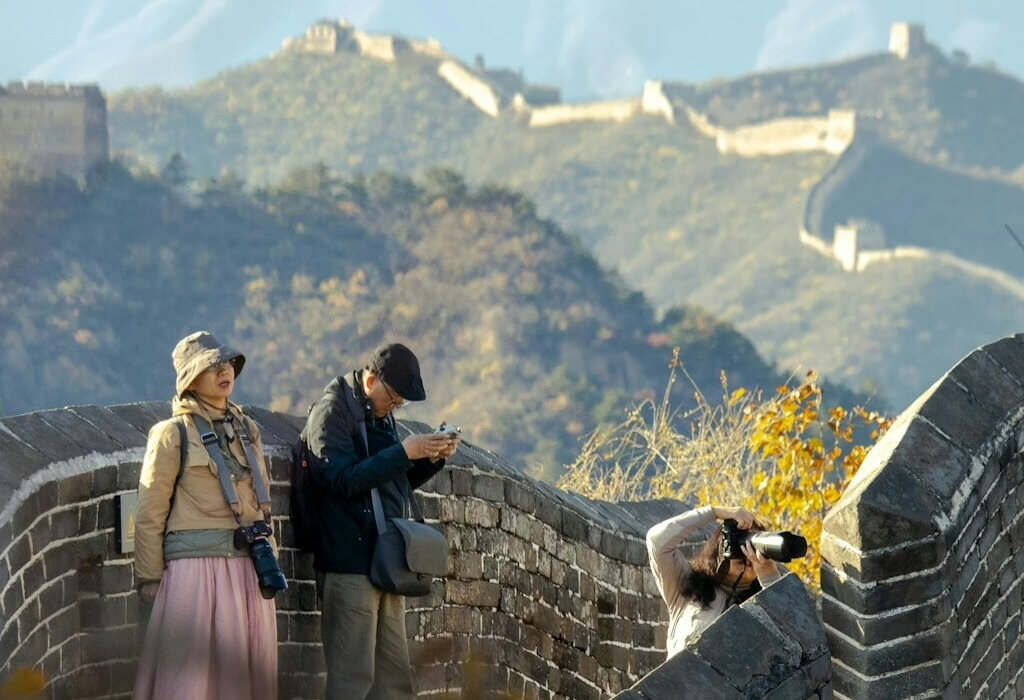
4. Use Different Perspectives
Don’t just shoot the Great Wall from one angle. Try climbing up a nearby hill or taking a photo from above to get a different view. Some of the most iconic Great Wall of China pictures are taken from a distance, where the wall looks like a snake winding through the mountains.
5. Avoid Crowds in Your Shots
The Great Wall can get crowded, especially at popular sections like Badaling. To get clean shots without tourists, try visiting early in the morning or during the off-season. Alternatively, you can use longer exposure times or take pictures of the wall from a distance, making the crowd less noticeable.
Cultural Facts
The Great Wall of China is not just a physical structure; it is also deeply tied to the history and culture of China. Here are some interesting facts that might inspire your Great Wall of China pictures even more:
1. The Wall Was Built for Protection
The Great Wall was constructed to protect ancient China from invaders, particularly the Mongols. It was built over many centuries, with construction starting in the 7th century BC and continuing into the 17th century. As you capture the wall in your Great Wall of China pictures, remember the incredible history behind its creation.
2. It’s Made of Different Materials
The wall is made from various materials, including brick, earth, wood, and stone. In some sections, you’ll see bricks with symbols or inscriptions, which can add unique elements to your photographs. Each section of the wall has its own history, and the materials reflect the resources available at the time of construction.
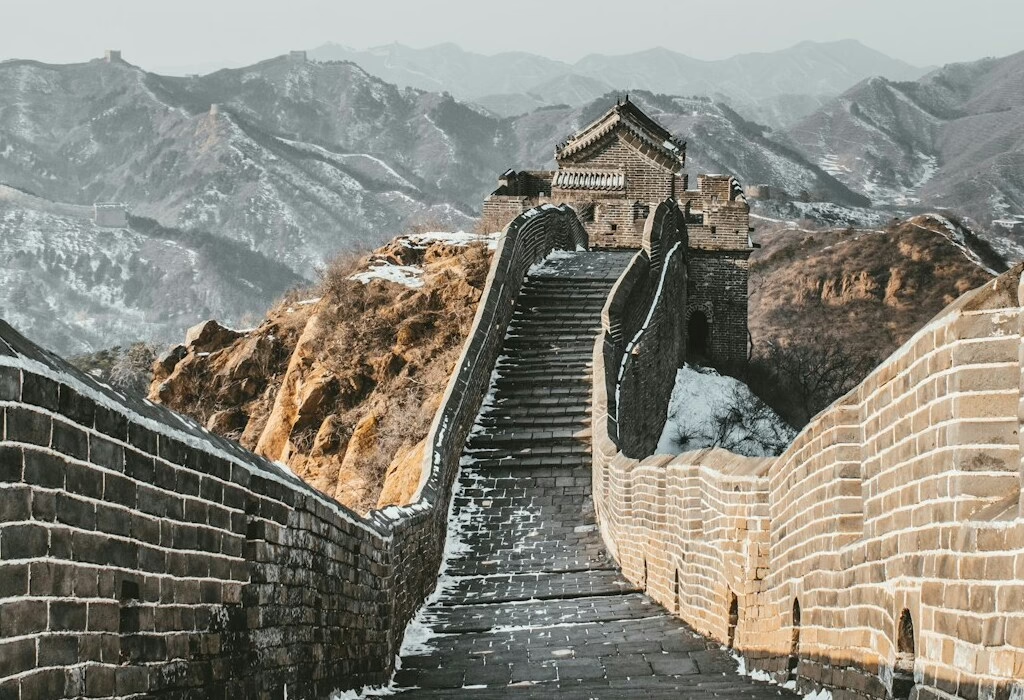
3. The Wall Isn’t One Continuous Line
Although we often think of the Great Wall as a continuous line, it’s actually made up of multiple walls, each built at different times. Some sections are well-preserved, while others have crumbled with time. Each section offers a different experience for photographers, so don’t hesitate to explore different areas and capture various parts of the wall in your Great Wall of China pictures.
4. The Great Wall Was a Symbol of Power
During the Ming Dynasty, the wall wasn’t just for defense; it also served as a symbol of China’s power and unity. The wall represented the strength of the empire and the protection it offered to its people. This sense of protection is something you can feel when standing on the wall, and it adds a layer of meaning to your Great Wall of China pictures.
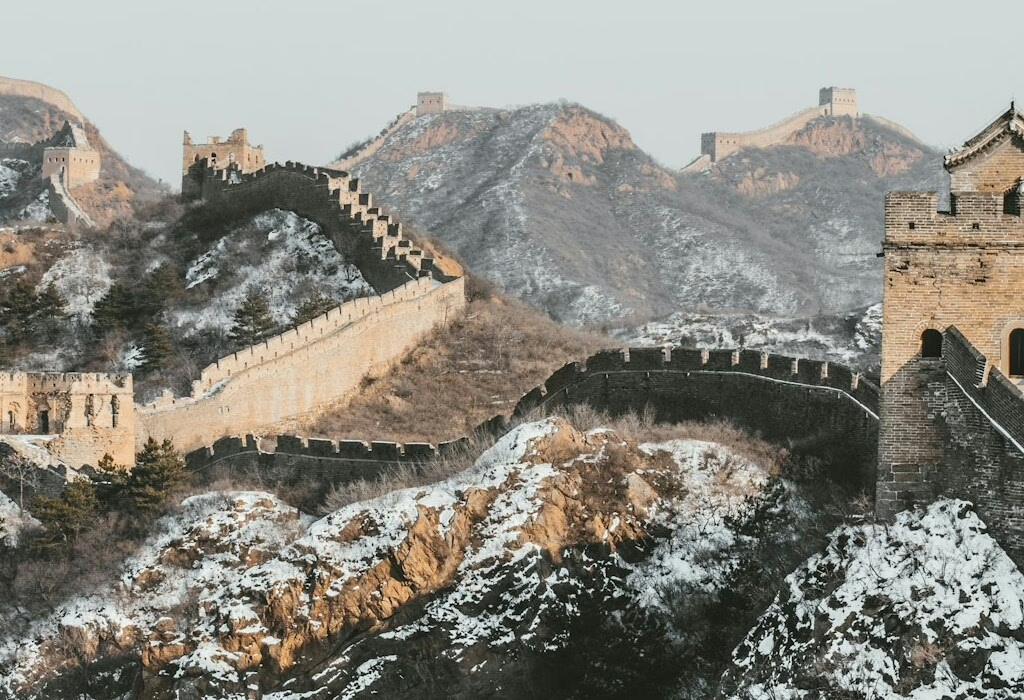
How to Make Your Pictures Stand Out
Taking good pictures of the Great Wall is one thing, but how can you make your Great Wall of China pictures stand out? Here are some ideas:
1. Use a Drone for Aerial Shots
If you have a drone, this is the perfect opportunity to capture the Great Wall from a bird’s-eye view. Aerial shots show the true scale of the wall, highlighting its vastness and the rugged terrain it covers. These types of Great Wall of China pictures are not only unique but also breathtaking.
2. Incorporate People for Scale
While the Great Wall is impressive on its own, including people in your photos can add a sense of scale. It helps to show just how massive the wall is and gives your photos a more personal touch. If you’re traveling with friends or family, ask them to pose along the wall, creating a sense of adventure.
3. Shoot During Different Seasons
The Great Wall is a totally different experience based on the season. During spring and summer months, the plant growth around the wall is lush and green resulting in colorful pictures. During the winter months, with the wall covered in snow, it looks magical — like something out of a dream. You can play around with lots of different seasons to achieve differently styled Great Wall of China pictures.
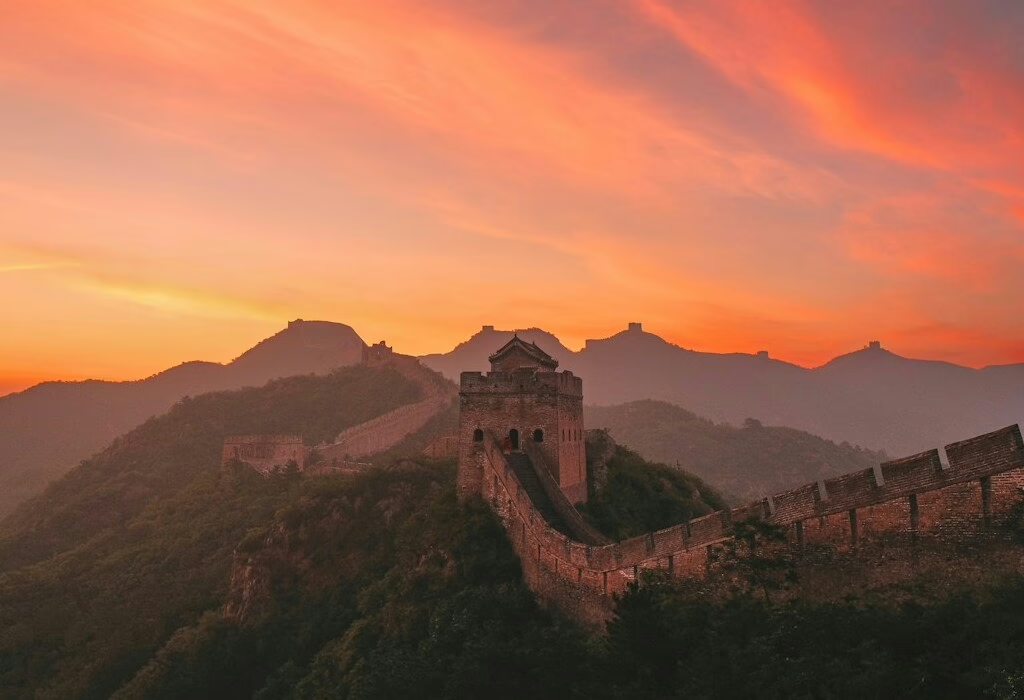
Conclusion
The Great Wall of China is a special place to see and to photograph. When you take Great Wall of China pictures, you are not only showing a view. You are sharing a clear, simple story about a very old monument. In summer, the land looks full and alive. And, in autumn, the colors turn gold and red. Every month can give you strong, honest photos.
Good framing makes photos better. Use curves of the wall and the steps as clear lines that guide the eye. Stand a little to the side, kneel down, or move higher to remove clutter. Place a person or a small object in the frame to show size, but keep the wall as the main subject. Take some wide shots that show the wall across the hills. Then take close shots of bricks, windows, and roof edges. These small choices will help your Great Wall of China pictures look clean and strong.
Please also show respect. Walk with care, follow the signs, and make space for others. Learn a little about who built and rebuilt the wall in different times. Let that simple knowledge guide your angle and your caption. Your pictures will feel honest and real when they connect beauty with history.
Also, before your next visit, plan a few basics:
- Charge your batteries.
- Clear your memory cards.
- Wear good shoes.
- Bring water.
- Check the weather.
- Pick a spot that matches your style, and go early or stay late for soft light.
- Use steady hands or a small tripod if you have one.
- Keep your gear simple so you can move with ease.
With these clear steps and calm timing, your Great Wall of China pictures will carry place, memory, and heart. Happy photographing, and may your images stay strong for years.
